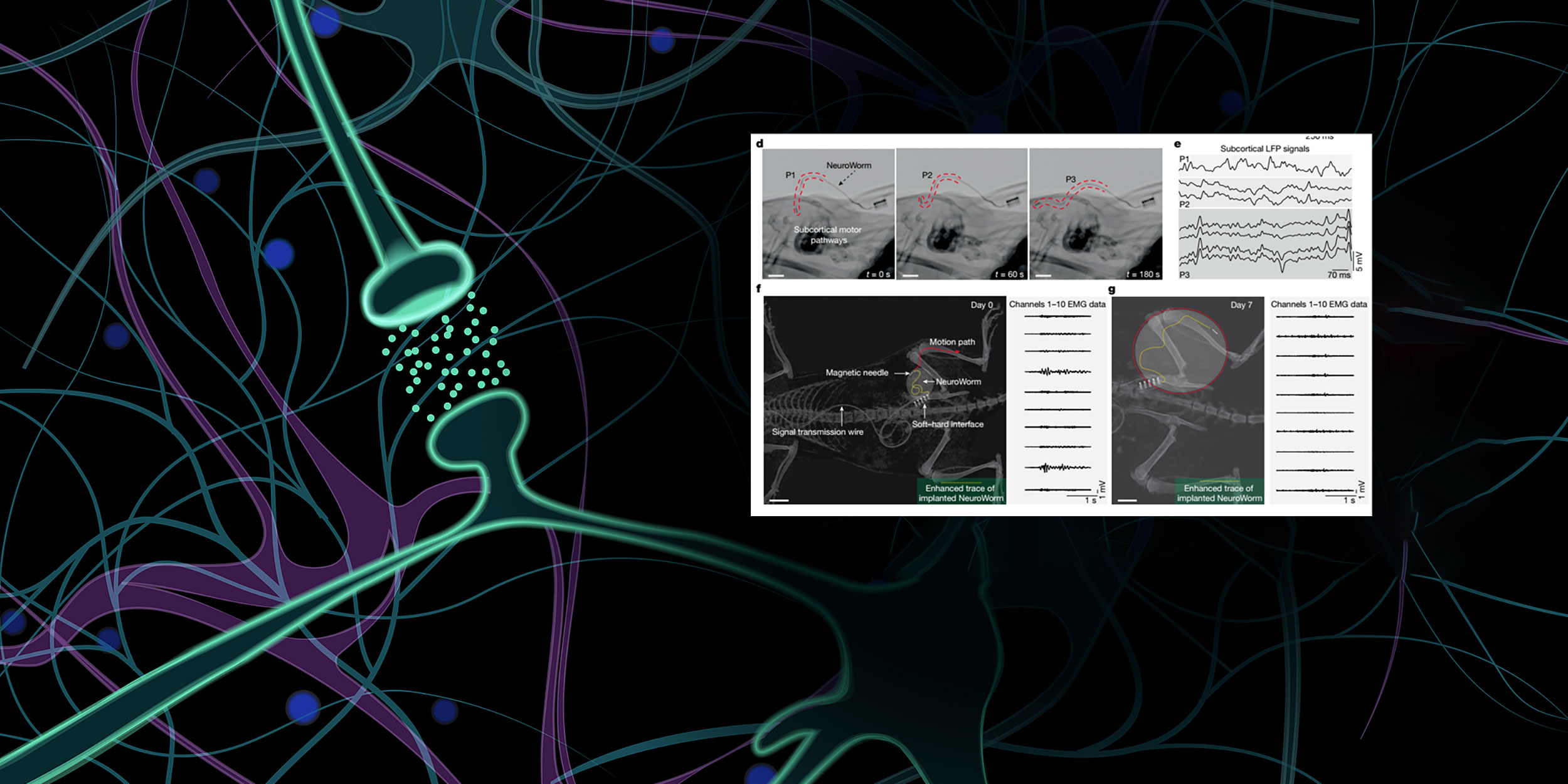
China’s NeuroWorm Inches Its Way Toward Brain Disorder Breakthroughs
Chinese scientists have developed the world’s first earthworm-inspired fiber implant that can move freely inside the body to monitor neural signals.
Dubbed the “NeuroWorm,” the device made its international debut on Wednesday in a joint publication in Nature magazine by researchers at Beijing’s Chinese Academy of Sciences, Shanghai’s Donghua University, and Xiamen University, in eastern China’s Fujian province.
The invention holds the potential to treat neurological disorders such as Parkinson’s — a neurodegenerative disease characterized by a gradual loss of motor skills.
“It’s like a robot roaming through the brain and muscles,” explained Yan Wei, a fiber materials researcher at Donghua University and one of the study’s corresponding authors.
Owing to its sensory mobility and accuracy, the worm could aid future brain-computer interfaces (BCI), which transmit neural signals to external machines.
Early clinical trials of implanted BCI systems have enabled paralyzed patients to control robotic arms, stand, and walk; allowed people with ALS to express their thoughts; and helped rehabilitate Parkinson’s patients through neuronal stimulation.
But for BCIs to become reliable, scientists worldwide are working to improve sensors’ sensitivity, accuracy, and how long they can function inside the body without degrading.
The newly developed NeuroWorm fiber aims to overcome some of these hurdles.
Unlike traditional neural implants, which are fixed to a single brain region and require additional surgeries to target other areas, NeuroWorm needs only one implantation by means of a tiny incision.
Just 200 microns thick — about the width of a human hair — each fiber contains 60 sensors. Using the miniature magnetic bead at its head, NeuroWorm can be guided by an external magnetic field to “swim” through the brain and muscles.
The device takes inspiration from the segmented structure of earthworms, which allows distributed sensing and flexible movement. The soft NeuroWorm can navigate the human body much like a worm burrows through soil.
In live rabbit brain tests, the device proved more precise than fixed electrodes. In live rat muscle tests, it safely remained in muscle tissue for over a year and for approximately 10 months captured clearer signals than other electrode technologies.
Beyond monitoring, the fiber can also deliver electrical stimulation to diseased brain regions. In patients with Parkinson’s, targeted stimulation has the potential to ease tremors, rigidity, and slowed movement.
There are more than 5 million people diagnosed with Parkinson’s in China, with a prevalence of 245.7 cases per 100,000 people — nearly double the global average.
Yan added that NeuroWorm could also serve as a “neural monitor” that identifies early signs of Parkinson’s, Alzheimer’s, and other neurological disorders such as neuronal damage and cell death.
The research team said their next steps include refining the NeuroWorm’s magnetic field guidance system so that it can be precisely controlled inside the body. They also hope to collaborate with clinical and industrial partners to speed up the technology’s path toward clinical application.
With the invention of NeuroWorm, the field of bioelectronics is now moving from fixed implants to “active, intelligent, and living devices for long-term, minimally invasive and mobile evaluation,” the study states.
Editor: Marianne Gunnarsson.
(Header image: Visuals from VCG and Nature, reedited by Sixth Tone)










